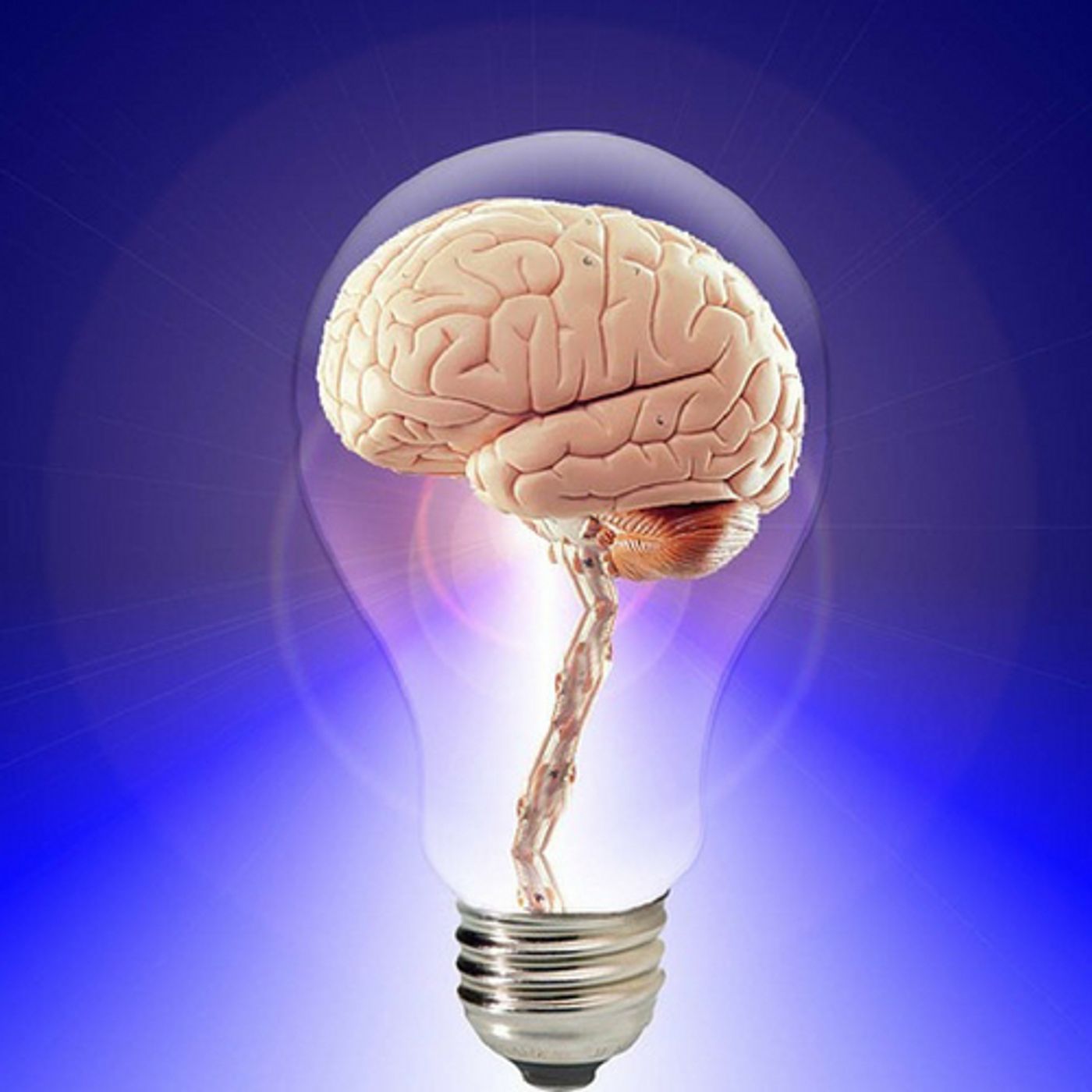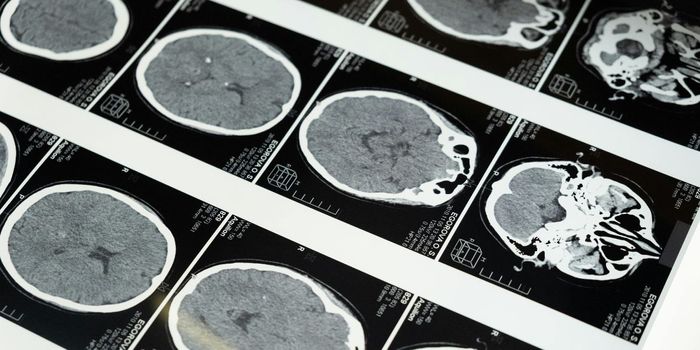A Common Brainwave Pattern in Multiple Disorders
Brainwaves are a demonstration of the electrical signals that are passing through the brain between different neurons. They are a series of quick-fire electrical spikes that originate from different parts of the brain and they can be recorded on an electroencephalograph (EEG).
Doctors use EEG readings to diagnose epilepsy, sleep disorders, and other brain abnormalities, but new research from scientists at the University of Texas at Dallas are using EEG readings of similar brainwave patterns to try and establish a link between very disparate disorders. Parkinson's disease (PD), depression, neuropathic pain, and tinnitus. While these disorders might seem different on the surface, there could be a link that is revealed by a common pattern of brainwaves.
Dr. Sven Vanneste is an associate professor in the School of Behavioral and Brain Sciences at the university and an author on the new work on the theory of thalamocortical dysrhythmia (TCD). While the symptoms of these disorders are very different, the pattern of brainwaves which is found in TCD is common among them.
Vanneste worked with colleagues from Seoul National University and the University of Otago in New Zealand. The team assembled EEG readings as well as functional brain mapping data from more than 500 study participants to test the theory of TCD. The textbook example of TCD is a pattern that shows a drop in frequency at first, from alpha waves to theta waves when a person is at rest. It begins in the thalamus of the brain, which is a hub for electrical signals for sensory impulses like touch, temperature, and pain. Alpha waves have a purpose; usually, when pain or extreme temperatures are felt, neurons get excited and will start firing rapidly. They allow for the signals of pain, hot, cold, or touch to be processed in the cerebral cortex. Alpha waves can induce thalamic lateral inhibition, so the neurons are quieted down and not out of sync with the rest of the brain. Theta waves are slower and do not perform this function, so neurons continue to ramp up and fire. This level of electrical activity puts the mind into an abnormal rhythm. It's been just a theory up until now. However, the new work suggests that TCD is valid.
Dr. Vanneste explained that a computer model of the EEG and brainwave data showed that a TCD pattern could be used to diagnose a specific disorder. He stated, "We fed all the data into the computer model, which picked up the brain signals that TCD says would predict if someone has a particular disorder. Not only did the program provide the results TCD predicted, but we also added a spatial feature to it. Depending on the disease, different areas of the brain become involved. Because you have less input, the area surrounding these neurons becomes a halo of gamma hyperactivity that projects to the cortex, which is what we pick up in the brain mapping."
The same pattern of brainwaves dropping from alpha to theta is present in Parkinson's, neuropathic pain, depression, and tinnitus, but the location of the change is different depending on which disorder a patient might have. Patients with tinnitus have it show up in the auditory cortex, patients with pain show it in the somatosensory cortex, while Parkinson's patients have evidence of TCD in the motor cortex. It's deeper in the brain in depressed patients, but no matter the location, the pattern was always the same according to the study results.
Half of the 541 patients in the study were healthy controls, with the rest being patients who had diagnoses of chronic pain, major depression, Parkinson's and tinnitus. The dataset was especially valuable in this study. Venneste stated that the diversity of the participants is what makes their data valid, saying, "Over the past 20 years, there have been pain researchers observing a pattern for pain, or tinnitus researchers doing the same for tinnitus. But no one combined the different disorders to say, 'What's the difference between these diseases regarding brainwaves, and what do they have in common?' The strength of our paper is that we have a large enough data sample to show that TCD could be an explanation for several neurological diseases." The video below explains the different kinds of brainwaves and what they mean, take a look.
Sources: University of Texas at Dallas, Nature,









